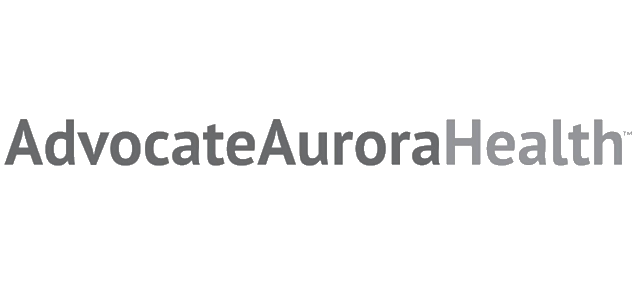Introduction
Some older patients present to the Emergency Department with a gradual worsening of their condition which requires attention. They may have no emergency condition, yet they require more services than what they currently receive at home. While they may simply present with an inability to care for themselves, the discharge disposition is not always simple. The Emergency Department staff may determine that the individual does not need hospitalization. Still, they cannot safely be discharged to home without support.

Who might be at risk for this situation?
Those older patients who are at risk include:
- those who may neglect themselves;
- those who have lost their executive or physical function;
- those who are isolated and lonely;
- and those who are impoverished, live alone or have experienced an acute change in caregiver capacity or caregiving environment
How do you recognize this situation?
Those older patients who have repeat emergency department visits, many times for falls or exacerbations of chronic conditions, and those who have complex biopsychosocial needs yet inadequate support to address their needs.
Asking “what has changed today?” in the setting of a comprehensive evaluation of medical, cognitive, functional, and support factors highlights a holistic approach to the individual. Incorporating caregiver perspective is important.
What are the implications?
Higher utilization of health services, higher costs, and poor control of chronic medical conditions.
Some individuals who are not sick enough to warrant an inpatient stay but are too unsafe to go home have been living in a vulnerable situation at home for a considerable amount of time. It is wise to determine if older adults have the resources that they need to care for themselves at home, prior to discharge from the Emergency Department, to optimize patient outcomes and mobilize resources.
Ten strategies to help those older patients who are stable in the ED, yet unable to safely return home:
- Screen older patients using the Identification of Seniors at Risk (ISAR) tool. Assess those who present with a high ISAR score and those whose visit represents a return visit within 30 or 60 days. Look for: unaddressed medical needs, poor understanding of their condition, cognitive impairment, need for assistance with daily self-care but no one to help, impaired mobility, falls, lack of adequate services in the home, depressed mood, and caregiver strain.
- Develop ED systems and relationships to enable placement or augmented home services directly from the ED. This may include a transfer to acute or subacute rehab or arrangement for next day home aid services, day program, or Office of Aging evaluation.
- Communicate with your patients to better understand what matters most to them regarding their health and their preferences.
- Coordinate care: Get a follow-up visit with the primary care provider and talk with the family members to rally support.
- Review the medications so that there is a clear understanding of what is being taken and how the med list will change when the patient returns home. Assess who manages the patient’s meds and if support is needed.
- Involve case management and PT/OT early in the ED evaluation to determine eligibility for post-acute services such as SN and home services. Many older adults, including those with a recent qualifying inpatient stay and those enrolled in Medicare Advantage, do not require “3 overnights” as inpatient. Support the patient with appropriate referrals to community agencies such as home health, the Alzheimer’s Association, the Department on Aging, and other services. A social worker may be helpful to line up such recourses.
- Use the Medicare Observation Stay to monitor the patient’s response to your treatment plan over a short period of time.
- Develop a “care plan” in the electronic health record so that your interdisciplinary team has a quick understanding of the patient’s needs and their resources.
- Be alert to the possibility of elder abuse and neglect. These individuals may be vulnerable because of their unmet needs. Perform a careful and complete physical examination of these older patients.
- Avoid unnecessary and expensive diagnostic testing of those whose clinical situation is primarily an unmet social need.
References
Vollbrecht M, Biese K, Hastings SN Ko KJ, Previll LA. Systems-based practice to improve care within and beyond the emergency department in Care for the Older Adult in the Emergency Department. Clinics in Geriatric Medicine, Malone and Biese eds, August 2018, pages 399-414.


